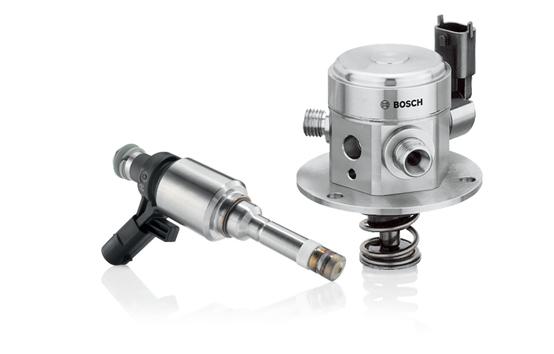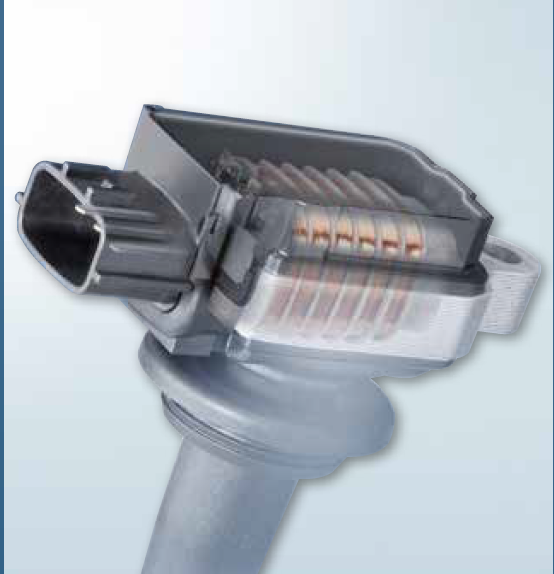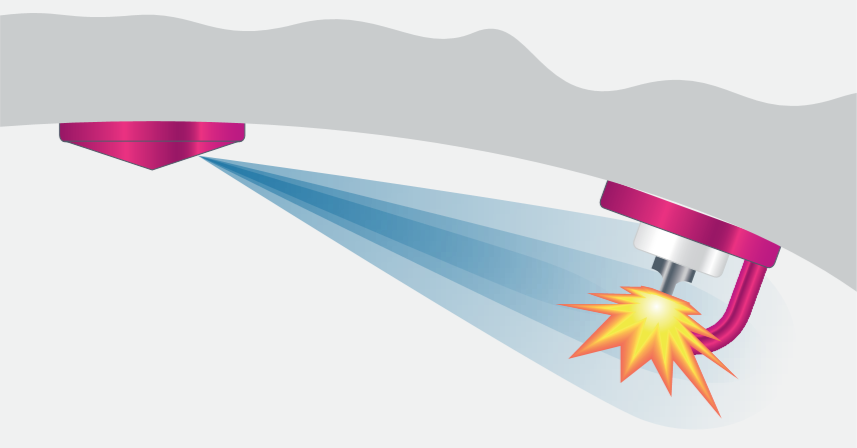How do external components in Gasoline Direct Injection (GDI) engines cope to deliver optimum performance?
03 Nov 2022
How do external components in Gasoline Direct Injection (GDI) engines cope to deliver optimum performance?
Strict emissions and environmental standards and requirements have pushed mainstream automobile manufacturers to switch from Multi-Port Injection (MPI) engines to Gasoline Direct Injection (GDI), also known as Petrol Direct Injection.
A GDI engine has plenty of advantages. They are developed to accommodate turbocharging, which in return compensates its smaller cubic capacity, to deliver better mileage, better fuel economy and reduce emissions.
GDI engines have an additional high-pressure fuel pump with a high-pressure injection valve to help provide better combustion and the right mix of air-fuel mixture.

It is also vital for a GDI engine to be equipped with more sophisticated components to produce good performance, better fuel economy and lower emissions. This includes the ignition coil delivery high energy as well as the accuracy of installation and positioning of the spark plug.
As most GDI engines are smaller in cubic capacity, it’s important for such components to meet the required ignition energy. While a fuel pump found inside a GDI engine is known to work under higher pressure, ignition coils must consistently deliver at least 30,000 V to provide clean combustion.
Bosch’s ignition coil delivers the right requirement as it contains special insulation to communicate with the vehicle’s ECU without electromagnetic interference. This ensures the complete transmission of ignition energy to the spark plug, which then avoids product failure or car breakdowns caused by high temperatures.

Spark plugs also face a bigger challenge to function in a GDI engine. Why? This is due to the GDI engine’s smaller combustion chambers which place the electrodes and the injector nozzle within a confined space.

To ensure that the spark plug delivers consistent ignition for optimum combustion at any speed and load, the spark plug must be positioned accurately pointing towards the injection valve. As shown in the illustration below, the tip of the electrode must point towards the injection valve.

Placing a spark plug incorrectly could also hinder any forms of combustion as shown above. Accuracy in fitment is key to ensuring it delivers its core functionality for optimum operating performance.

It is critical to ensure that the spark plug is accurately positioned during installation.
When installing a Bosch Spark Plug, ensure its electrodes are aligned towards the fuel injector nozzle. It’s important for them to be tightened according to manufacturer’s standards by using a torque wrench with the right drive tip to match a specific sealing thread.
Even a slight error may change the spray pattern of the injection valve and affect combustion.

Bosch Says:
GDI engines are put forward higher requirement to the fuel and ignition systems. It is worth knowing that components unique to it are injection valves, ignition coil, spark plugs and high-pressure fuel pump.
Bosch’s high-pressure fuel pump and injection nozzles are developed to deliver the right spray pattern for clean and optimal combustion. Whereas Bosch’s compact overhead ignition coil ensures prolonged spark duration for better atomisation effect.
Finally, with over 110 years of technological innovation and experience in the field of spark plug engineering, Bosch’s spark plugs use copper or solid steel washer thread for an easier fitment that directly positions it towards the injector nozzle. This will greatly aid a GDI engine’s ability to perform consistently.


 I'm a
I'm a  I'm a
I'm a  I'm a
I'm a  I'm a
I'm a 
